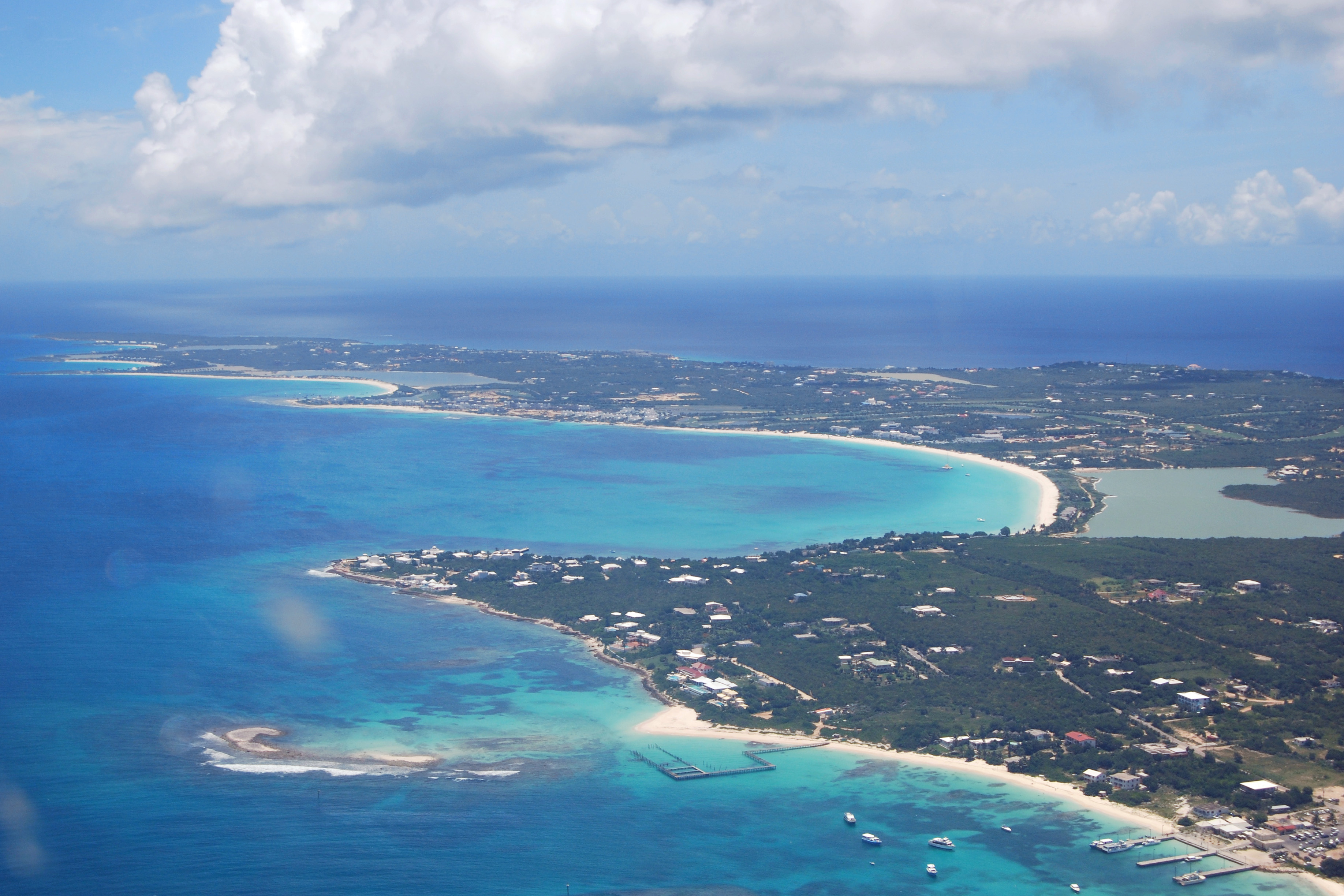Rendezvous Bay Pond on:
[Wikipedia]
[Google]
[Amazon]

 Rendezvous Bay Pond, also known as Rendezvous Bay Salt Pond, is a wetland in
Rendezvous Bay Pond, also known as Rendezvous Bay Salt Pond, is a wetland in
 The pond is a shallow, 24 ha
The pond is a shallow, 24 ha

 Rendezvous Bay Pond, also known as Rendezvous Bay Salt Pond, is a wetland in
Rendezvous Bay Pond, also known as Rendezvous Bay Salt Pond, is a wetland in Anguilla
Anguilla ( ) is a British Overseas Territory in the Caribbean. It is one of the most northerly of the Leeward Islands in the Lesser Antilles, lying east of Puerto Rico and the Virgin Islands and directly north of Saint Martin. The territo ...
, a British Overseas Territory
The British Overseas Territories (BOTs), also known as the United Kingdom Overseas Territories (UKOTs), are fourteen dependent territory, territories with a constitutional and historical link with the United Kingdom. They are the last remna ...
in the Caribbean Sea
The Caribbean Sea ( es, Mar Caribe; french: Mer des Caraïbes; ht, Lanmè Karayib; jam, Kiaribiyan Sii; nl, Caraïbische Zee; pap, Laman Karibe) is a sea of the Atlantic Ocean in the tropics of the Western Hemisphere. It is bounded by Mexico ...
. It is one of the territory's Important Bird Area
An Important Bird and Biodiversity Area (IBA) is an area identified using an internationally agreed set of criteria as being globally important for the conservation of bird populations.
IBA was developed and sites are identified by BirdLife Int ...
s (IBAs).
Description
 The pond is a shallow, 24 ha
The pond is a shallow, 24 ha brackish
Brackish water, sometimes termed brack water, is water occurring in a natural environment that has more salinity than freshwater, but not as much as seawater. It may result from mixing seawater (salt water) and fresh water together, as in estuari ...
lagoon
A lagoon is a shallow body of water separated from a larger body of water by a narrow landform, such as reefs, barrier islands, barrier peninsulas, or isthmuses. Lagoons are commonly divided into ''coastal lagoons'' (or ''barrier lagoons'') a ...
near the south-western end of the main island. The substrate is marl
Marl is an earthy material rich in carbonate minerals, clays, and silt. When hardened into rock, this becomes marlstone. It is formed in marine or freshwater environments, often through the activities of algae.
Marl makes up the lower part o ...
on the northern side and sand on the southern. It receives fresh water from rainfall, runoff and a few springs. The pond also receives salt water seepage from the bay through the strip of beach that divides them. It was historically used for salt production. Vegetation around the pond is sparse, except for stands of buttonwood mangroves at its western end. Land at the eastern end is mainly used for livestock
Livestock are the domesticated animals raised in an agricultural setting to provide labor and produce diversified products for consumption such as meat, eggs, milk, fur, leather, and wool. The term is sometimes used to refer solely to animals ...
grazing
In agriculture, grazing is a method of animal husbandry whereby domestic livestock are allowed outdoors to roam around and consume wild vegetations in order to convert the otherwise indigestible (by human gut) cellulose within grass and other ...
.
Birds
The IBA was identified as such byBirdLife International
BirdLife International is a global partnership of non-governmental organizations that strives to conserve birds and their habitats. BirdLife International's priorities include preventing extinction of bird species, identifying and safeguarding ...
because it supports a small breeding colony of least terns as well as populations of common terns and brown pelicans.
References
Important Bird Areas of Anguilla Wetlands of Anguilla Seabird colonies Lagoons of Anguilla {{Anguilla-geo-stub